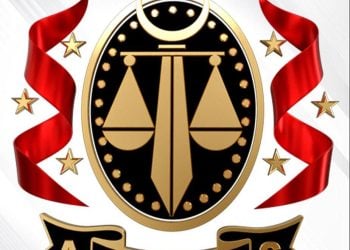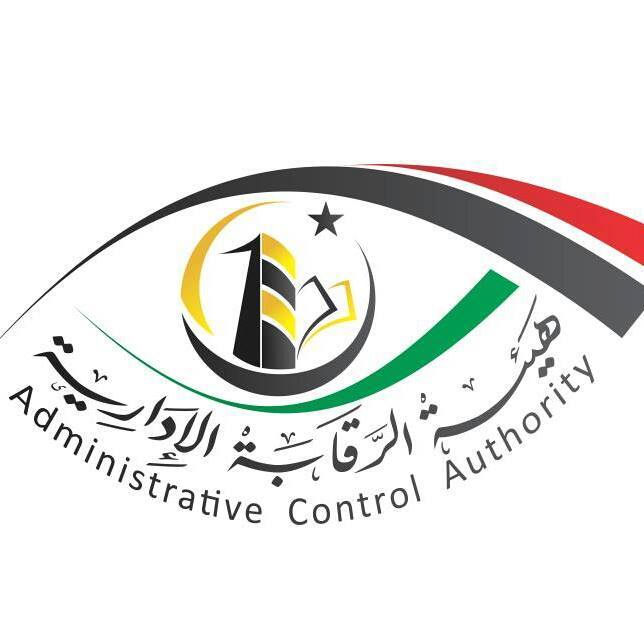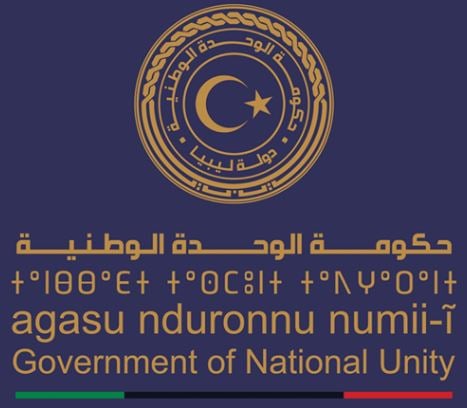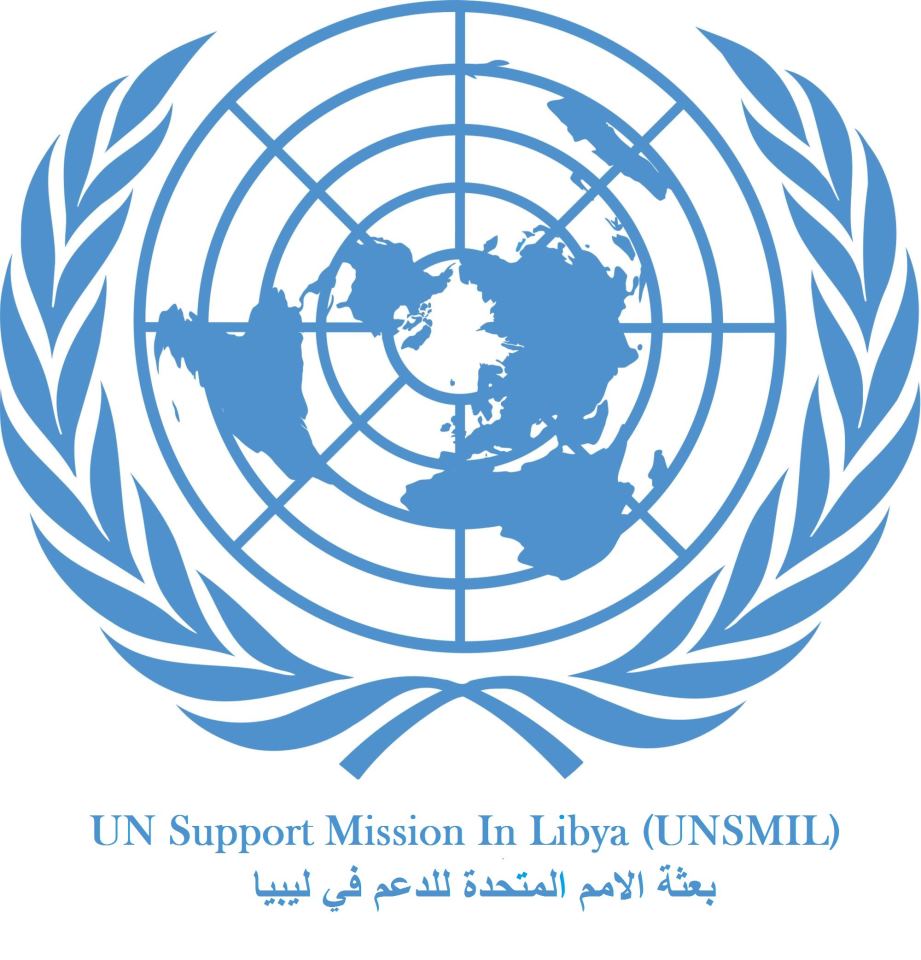Tripoli’s demonstrations yesterday evening started off peacefully at Martyr Square but ended up riotous, destructive and fatal at the Cabinet Office.
Large crowds, in the thousands, gathered at Tripoli’s main central square calling for the downfall of the Tripoli based Abd Alhamid Aldabaiba government. But there were also calls for all the political entities to resign and hold elections.
The catalyst
The catalyst for the demonstrations started at the beginning of the week with the death of the Stability Support Apparatus (SSA) militia leader, Abdelghani Ghnewa Al-Kikly, clashes between his SSA militia and Aldabaiba-aligned forces (the 444th and 111th Brigades) and clashes with the Sug Il Juma-based Special Deterrence Force (SDF / RADA). This is the same SDF / RADA militia that controls the controversial Mitiga prison accused by the international community of grave human rights abuses.
The SSA is also the militia that was in charge of the Abusleem Zoo in which mass graves are suspected to exist.
The fatal and destructive demonstrations at the Cabinet Office
After exercising their new post-2011 February revolution to demonstrate and call for the downfall of a government and its Prime Minister, most of the demonstrators returned to their lives and homes.
However, a small hardcore group of demonstrators decided to head to the Cabinet Office in Sika Road. There, they became violent, attempting to storm the Cabinet Office. They destroyed the metal perimeter fencing (as clearly shown by video footage posted by the government), threw projectiles at security personnel and the building and set fire to rubbish, tyres etc, closing off the road to traffic.
There were copycat road closures and fires to rubbish and tyres in other roads and street in Tripoli in the same evening.
The death of a police officer, use of Molotov cocktails
The Tripoli government reported that at the Cabinet Office demonstrations a police officer ‘‘was wounded by unknown gunmen and died of his wounds’’. The government Media Office released video footage of the violent attempt to storm the Cabinet Office.
It reported that ‘‘the security services thwarted an attempt to storm by a group infiltrated among the demonstrators, targeting the Prime Minister’s building by setting fire using Molotov cocktails and iron tools, and the attempt was immediately repelled without causing damage.
The Government affirms that the Prime Minister’s building is not just an administrative facility, but rather the centre of the executive decision of the State, and contains sovereign documents and documents that affect the interests of the Libyan people, and targeting them is a direct infringement on state institutions and capabilities.
In a statement issued yesterday, the Security Directorate warned against approaching the seam sites, after receiving confirmed information about attempts to penetrate them and provoke violence that may target demonstrators with the aim of fuelling and destabilizing.
The Government commends the Ministry of Interior for their high professionalism in securing the demonstration in Martyrs’ Square and ensuring the safety of its participants’’.
The crisis united Aldabaiba’s enemies – The knives were out
Aldabaiba’s enemies were united by the crisis in their opposition to him. They took full advantage of the crisis caused by the militia clashes and its subsequent fallout.
But it must be noted that many of the demonstrators were not out in support of democracy, accountability or the formation of a strong, militia-free state. On the contrary. The demonstrations are driven by the militias that Aldabaiba’s security forces clashed with such as the SSA and SDF / RADA, as well as militias that support them and had gathered from Tajura, Zawia etc.
It is also very possible that Hafter had his hidden involvement in this destabilisation of Tripoli. Both he and House of Representatives (HoR) Speaker, Ageela Saleh, want to discard the Tripoli government and install a more friendly ‘‘unified government’’.
That is not to say that there were no genuine, neutral demonstrators in opposition to Aldabaiba and his regime. But the drivers of the demonstrations are much more sinister than appears.
Ministerial resignations
Several Ministerial and Under-secretarial resignations were announced yesterday as the political crisis built up. The Ministers of Economy, Local Government, Housing and Construction Minister, the suspended Acting Minister of Health, and the Minister of Water Resources, all announced their resignations.
The expected resignations were for Ministers who hailed from Sug Juma. They came under immense pressure from their tribal areas and localities to resign.
Is Libya’s problem Aldabaiba or systematic?
Ostensibly, the demonstrators want Aldabaiba and his government to resign because of the militia clashes which caused collateral damage, terrified the public and caused a still undeclared number of injuries and deaths. But what or who is to replace Aldabaiba and his government?
Western Libya rejects HoR Speaker Saleh’s flawed and self-serving election laws that guarantee his and Hafter’s continued existence in power if they lose the elections. The impotent UNSMIL has failed to get both sides to agree to new election laws. The militias still exist. The state – the system – is still weak. People sometimes want change for the sake of change – but change produces uncertainty and an even bigger mandate vacuum and could lead to even more instability.
Tripoli government affirms right to peaceful demonstration post Feb 2011
Commenting on the demonstrations, the Tripoli government said ‘‘We affirm that the right to peaceful demonstration is one of the gains of the February revolution, and it has remained available in the western regions of Libya (implying that citizens cannot demonstrate in eastern Libya against Hafter), and is freely expressed within the legal frameworks and respect for state institutions.
We warn against deviating from the peaceful nature of the demonstration, as it may result in tensions on the ground that negatively affect the efforts of calm and threaten the return of war.
Ending all bodies that have been in power for more than a decade
We reiterate our vision that achieving lasting stability in Libya passes through ending all the bodies that have been in power for more than a decade, and have contributed to prolonging the political division and disrupting state-building.
Putting an end to militias
Ending armed groups and aligning themselves fully with the regular police and security services is a broad popular demand that constitutes the cornerstone of building a state of law and institutions’’.
At the time of posting (4.30 pm Tripoli time), Tripoli was calm and the Aldabaiba government was still standing.
.
ICC Prosecutor Karim Khan Libya report to UN Security Council
UNSMIL warns against unilateral actions, calls for political actors to focus on establishing a consensual path to elections
Presidency Council issues three constitutionally contested decrees – Grand Mufti supports, UNSMIL and the U.S oppose decrees
Images of Abdelghani Ghnewa’s funeral in Kikla appear as his SSA militia mourn him
Tripoli PM Aldabaiba appoints Mustafa Al-Wahishi as the new head of the Internal Security Agency
Ceasefire announced after heavy overnight fighting in Tripoli
Calm returns after overnight Tripoli clashes as major militia leader reportedly killed









